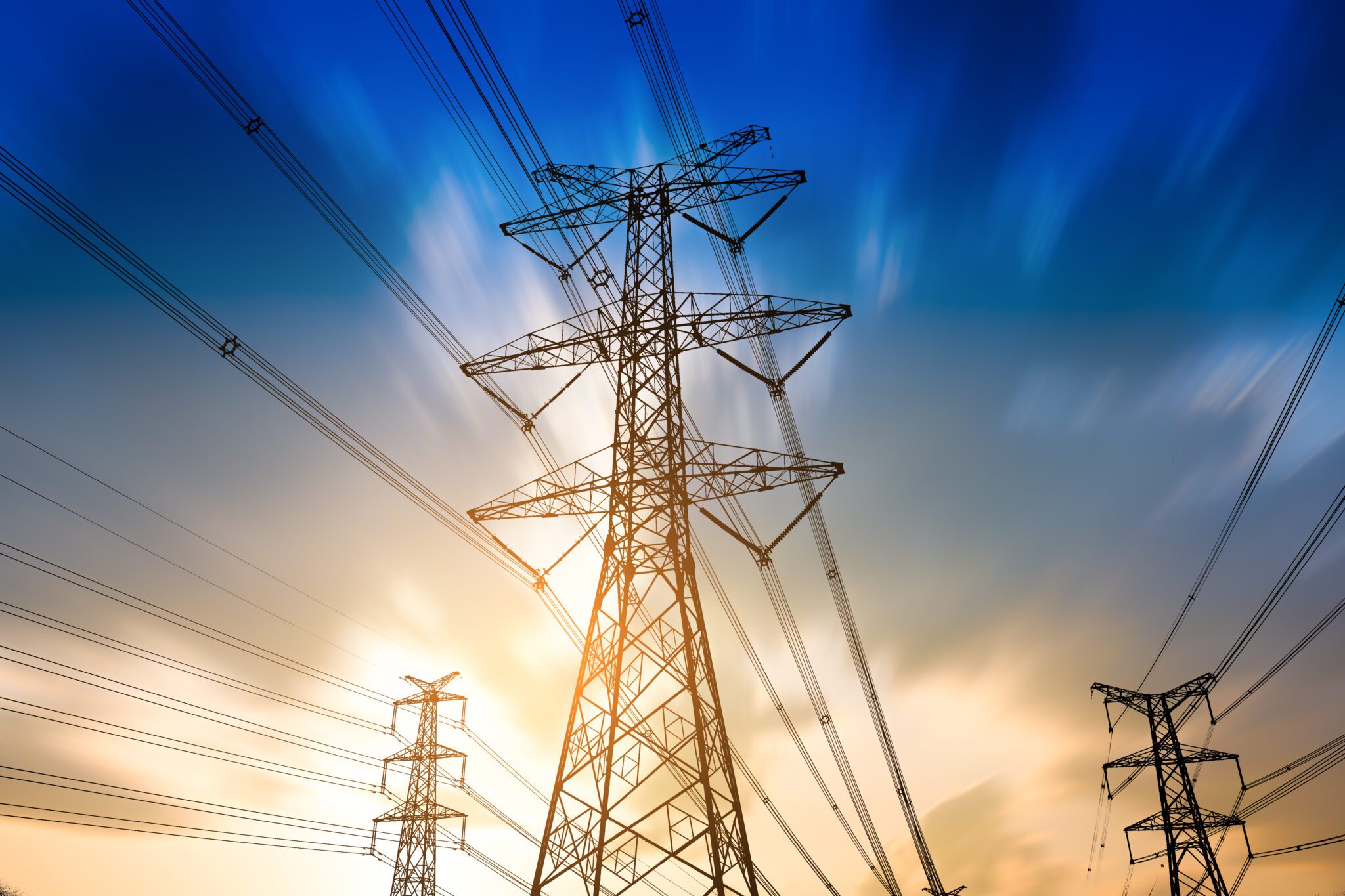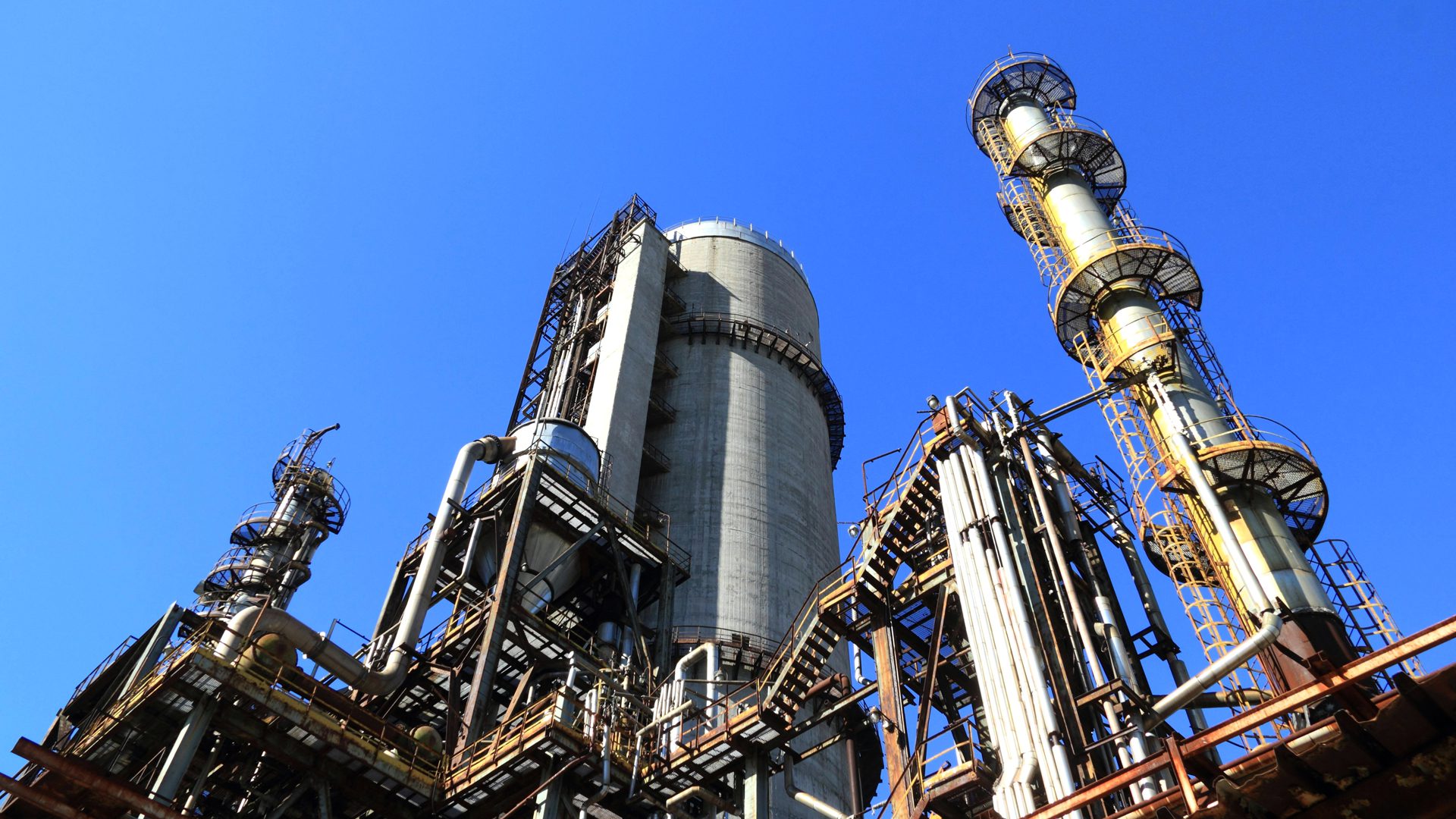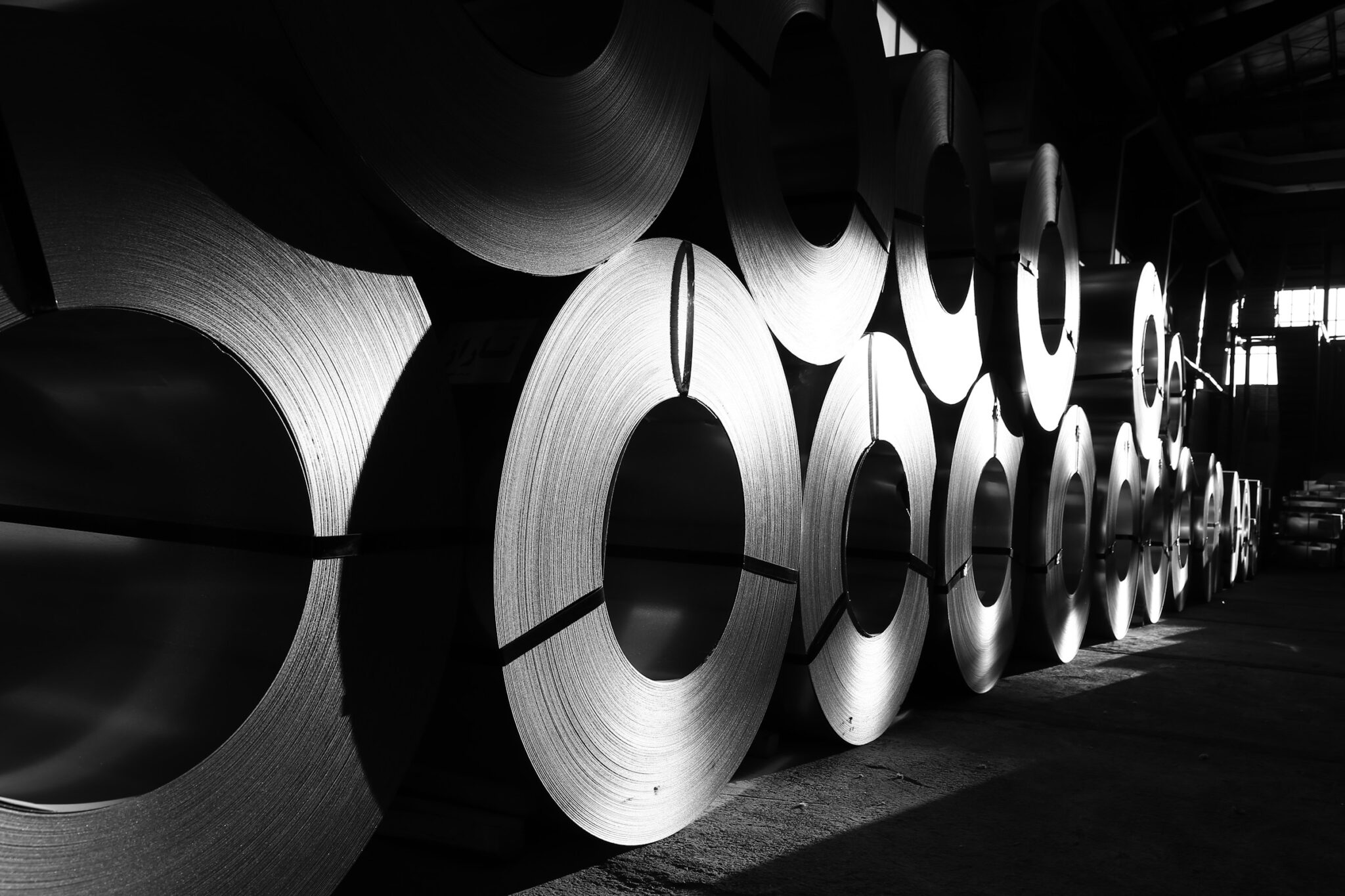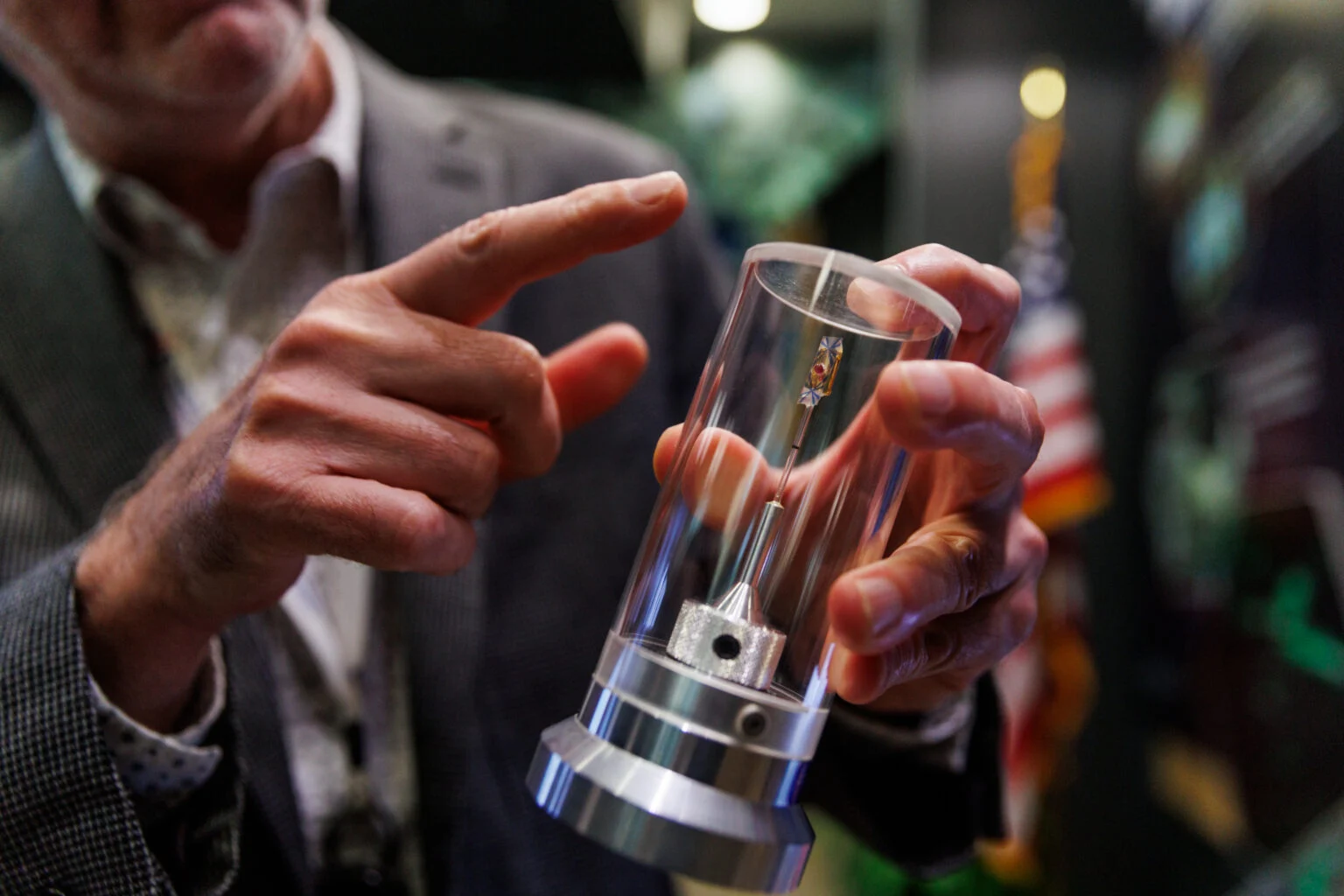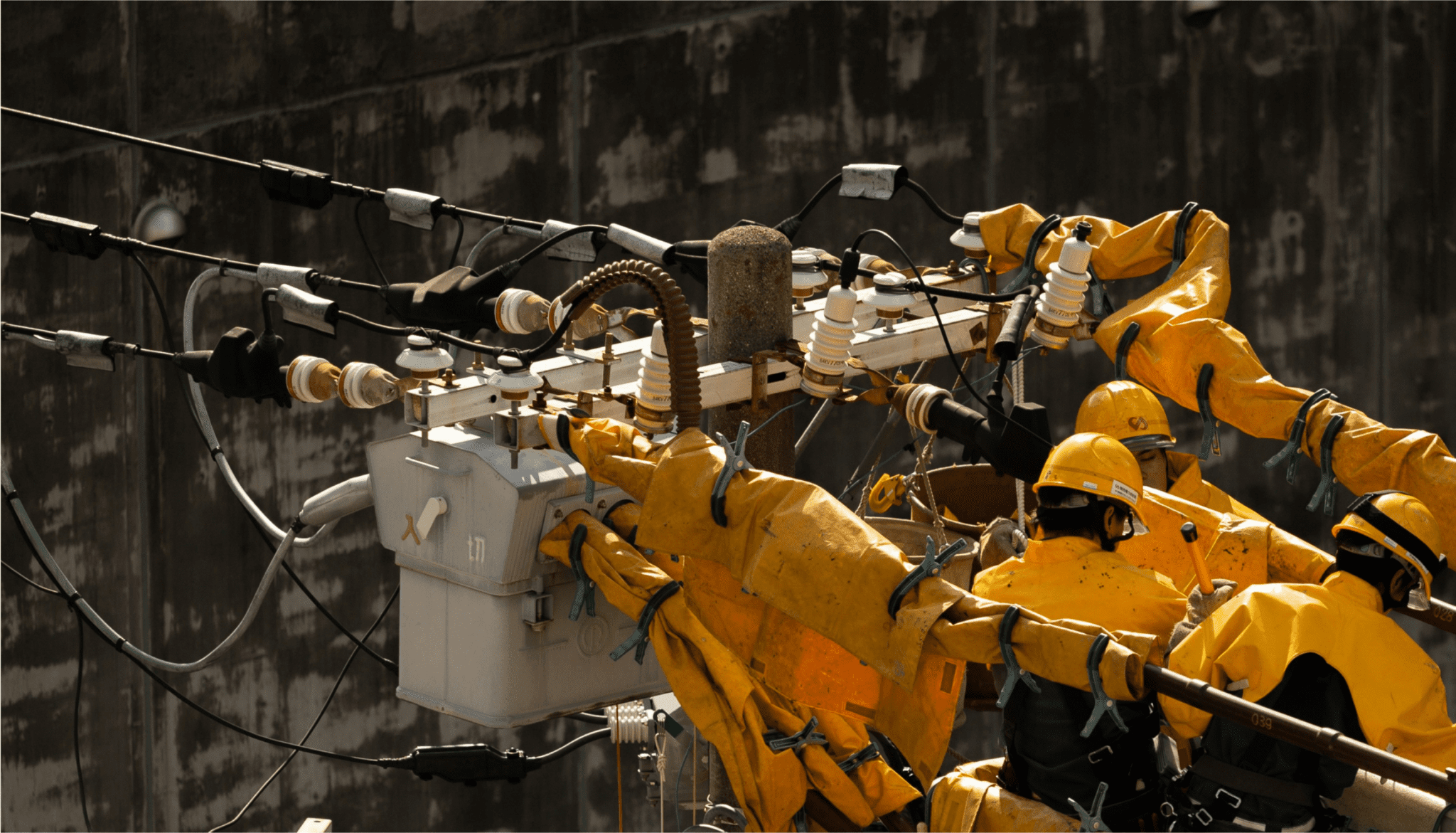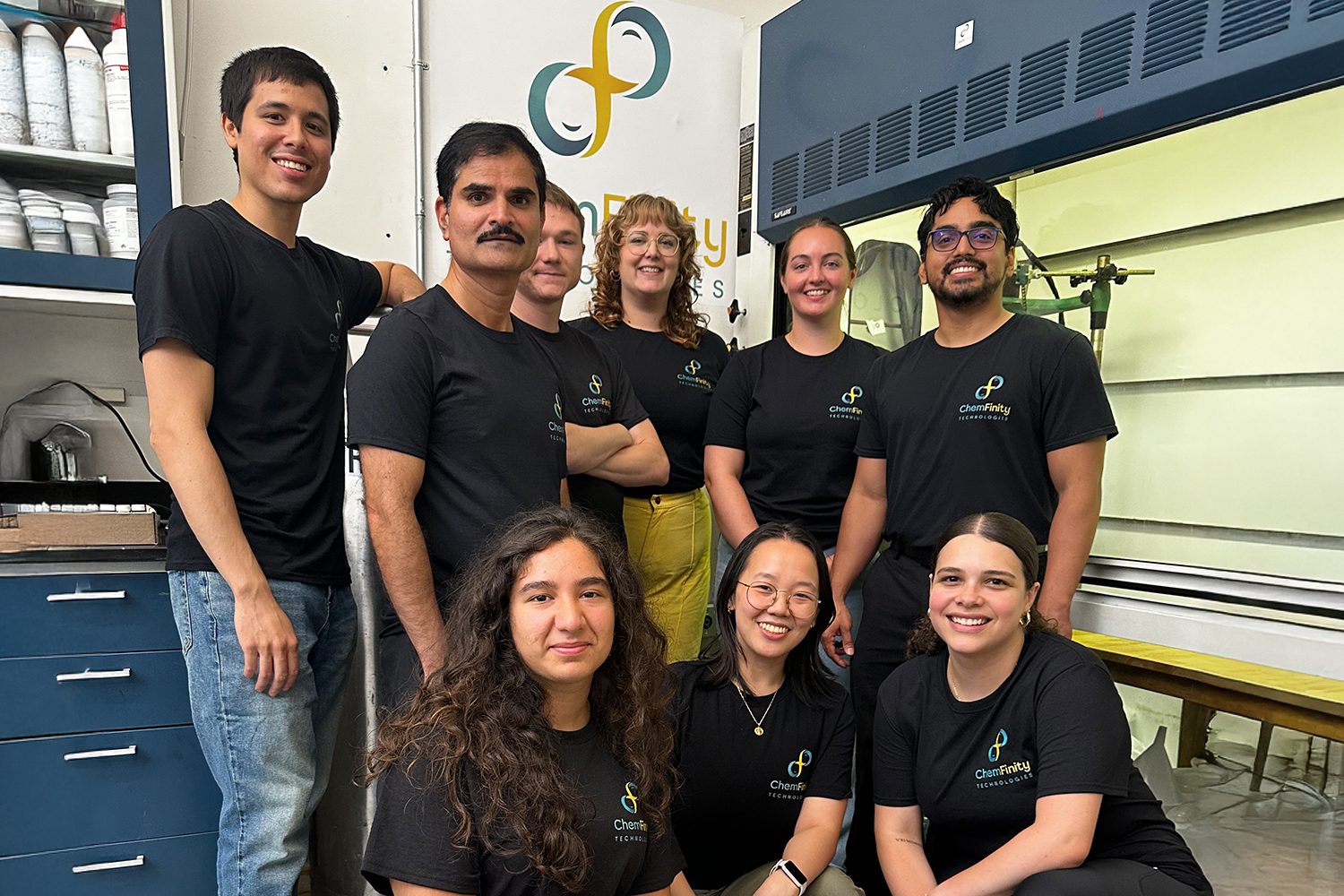Transmission is the backbone of our modern economy. From powering our homes and businesses to charging our phones and cars, the bulk power system will play a foundational role in achieving net-zero emissions over the coming decades. However, activities to expand and update the grid are commonly delayed or obstructed by an outdated, complicated, and fragmented planning, permitting, and paying process (what we call the Three Ps). To fully realize the promise of our recent legislative successes, prepare for a clean energy economy, and improve energy reliability, the U.S. must connect its isolated grids, double its generation capacity, and triple its high-voltage transmission capacity.
Let’s be clear, this work will not be easy. Not only will the U.S. have to replace most of the existing 60% of U.S. electricity supply coming from fossil fuels with clean energy sources, but we’ll need to nearly double our current capacity with additional new clean energy generation. Simultaneously, we’ll need to build 200,000 miles of new transmission lines or about the number of miles it takes to get to the moon. And we need to do all of this by the 2030’s if we are to stay on track to hit net-zero emissions by 2050.
While the task ahead may seem intimidating, we have started to make real progress. Over the past two years, advocates have successfully raised transmission’s profile as a key climate and energy policy issue. This shift has resulted in major federal policy wins in how we plan and pay for transmission within the Infrastructure Investment and Jobs Act (IIJA), the Inflation Reduction Act (IRA), rulemakings at the Federal Energy Regulatory Commission (FERC), and new programs at Department of Energy (DOE). We’re on the right path, but we have a lot left to do.
Why is the grid so important?
Power grids are the foundation for much of our daily lives—from lighting, heating, and cooling, to charging appliances, devices, and vehicles. Some have called it the greatest engineering marvel of the 20th century. Yet we often take it for granted, forgetting how essential it is until it’s no longer working.
That’s a huge problem, because our nation's grids are already outdated—they were primarily built between the 1920s and 1970s, and an estimated 70% of lines will become obsolete in the coming decades according to the American Society of Civil Engineers. What’s more, as demand for clean energy increases, the issues facing our outdated grid will worsen, meaning blackouts and rising costs will become more frequent and more severe. In fact, many Americans are already paying the price for neglected maintenance and investment with high energy costs, rolling blackouts, and power outages during extreme weather.
How are we making progress?
Signed into law in November 2021, IIJA (also popularly known as the Bipartisan Infrastructure Law) provided much-needed policy updates for federal transmission siting and permitting, including $2.5 billion for the new Transmission Facilitation Program at DOE (which allows DOE to reserve space on new lines until clean energy projects can subscribe), and enhanced siting authority at FERC to permit lines if they are designated to be in the national interest by DOE. The IRA, passed in August 2022, provided nearly $3 billion in transmission investments for loan funding, state planning and economic development grants and interregional transmission research. Together, IIJA and IRA allocate between $15-$20 billion for transmission expansion depending on how the funding is deployed.
FERC is also currently developing new policies—through two new rules (called Notice of Proposed Rulemakings, or NOPRs) on transmission and grid interconnection—that would ensure grid planners across the U.S. prepare together for the clean energy future. FERC’s transmission NOPR would require regional coordination on interstate power lines to create the long-distance transmission infrastructure needed to deliver clean energy from generators to end-users. Additionally, in January, DOE announced the Building a Better Grid Initiative and a new Grid Deployment Office to implement the funding authority in IIJA and IRA.
What is missing?
These wins have created an opportunity to advance the political and economic narrative around the benefits of expanding the high-voltage transmission grid. However, these recent investments are only a down payment on what is required to achieve power sector decarbonization by 2035 and net zero by 2050. According to Princeton’s Net Zero America study, high end-use electrification will require $200-300 billion in investment and increasing current transmission capacity around 62% by 2030 and 3x by 2050.
Today’s grids were built for a 20th century economy, in an era when fossil fuel power plants served their neighboring cities and towns. By contrast, renewable energy resources are not uniformly available throughout the U.S. Our current transmission lines do not span the distance required to connect clean energy sources to the homes and businesses that will need it. Today, there are enough wind, solar, and storage projects waiting to be built to power up to 84% of the U.S., but 80% of these approved clean energy projects could be canceled before they are connected to the grid because of the lack of transmission lines, and our nation’s ability to move the power from one place to another.
To achieve our decarbonization goals, we will have to rethink nearly 100 years of transmission policy.
What is next?
We have an unprecedented opportunity to modernize our aging transmission system by investing in a nationwide macrogrid. A macrogrid is an interstate “superhighway” system of high-voltage, long-distance transmission lines that will deliver clean power across the country. It will connect the three U.S. grids currently operating regionally—in the east, west, and in Texas—so that large population centers can connect to the lowest-cost clean energy.
Building a macrogrid can be done, but it will take coordinated effort across the regional, state, and federal levels. New policies, regulatory changes, and major investments will be essential to building a macrogrid and delivering a clean energy economy.
Simply put, our country’s transmission system is at a crossroads—one with significant opportunity. By working together and investing in a nationwide macrogrid, we can build a modernized transmission system that delivers affordable, reliable, clean power to every community across America; supports a clean energy economy with significant job creation and cost-savings for families; and dramatically reduces carbon emissions.

